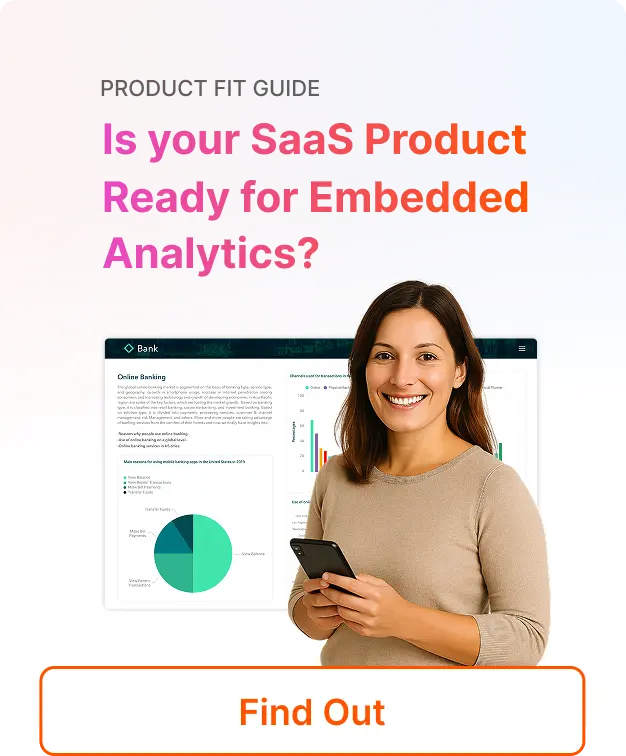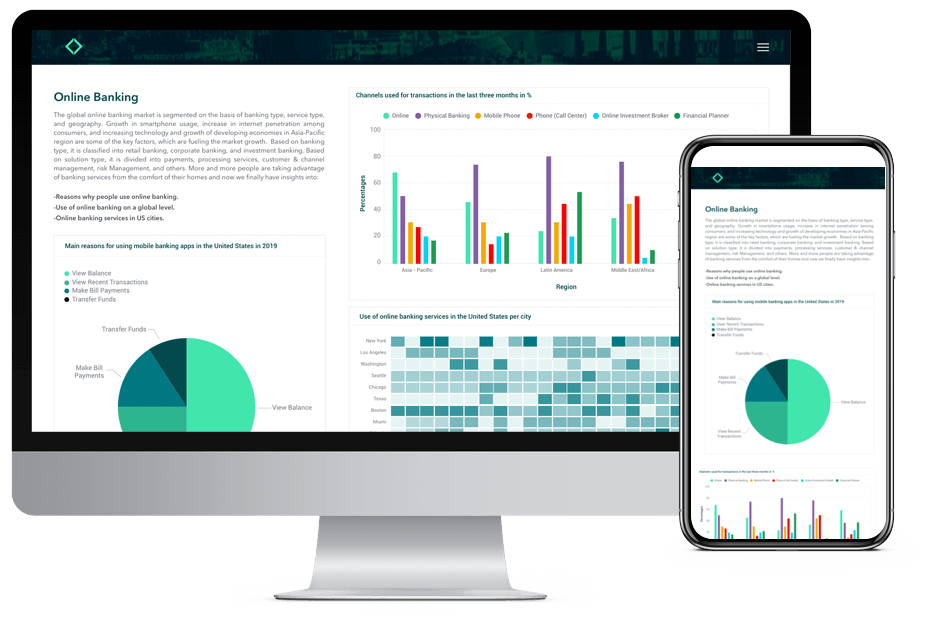Competitive Embedded Analytics
5 Best JS Chart Libraries for Data Visualization in 2026
Competitive Embedded Analytics Self Service Analytics
Top 4 Tableau Alternatives And Competitors In 2026
Competitive Embedded Analytics
Sigma Pricing Breakdown 2026: Plans, Costs & Insights
Embedded Analytics Self Service Analytics
What is White Label SaaS & Why You Should White Label Your Next SaaS Product
Competitive Embedded Analytics
5 Best Metabase Alternatives for Embedded Analytics
AI Embedded Analytics
AI in SaaS in 2026: Current State, Adoption, Use Cases & More
Embedded Analytics
4 Best BI Tools for Data Analysis in 2026: Complete Overview
Embedded Analytics
Your Guide to Embedding Analytics in Modern Applications
Embedded Analytics


























